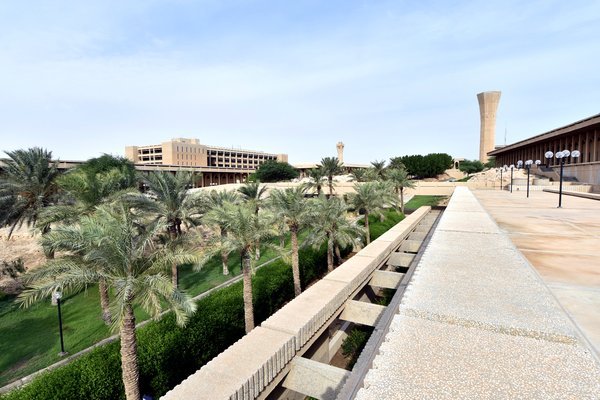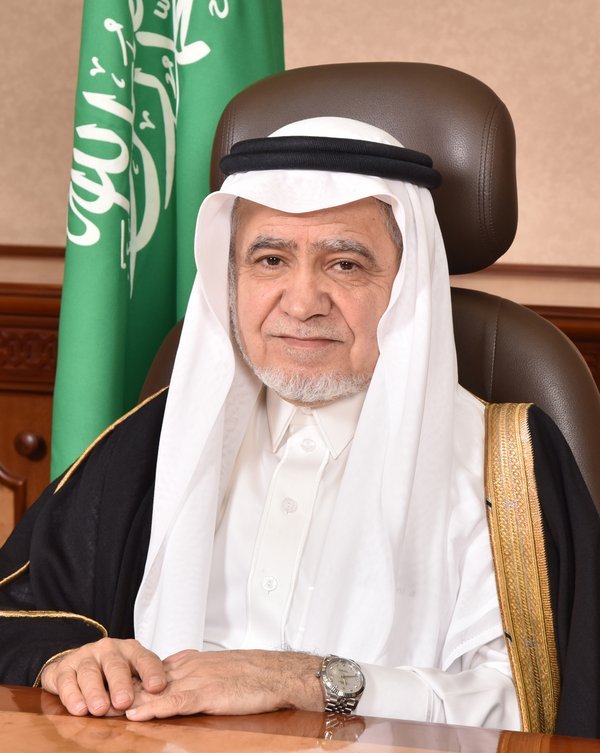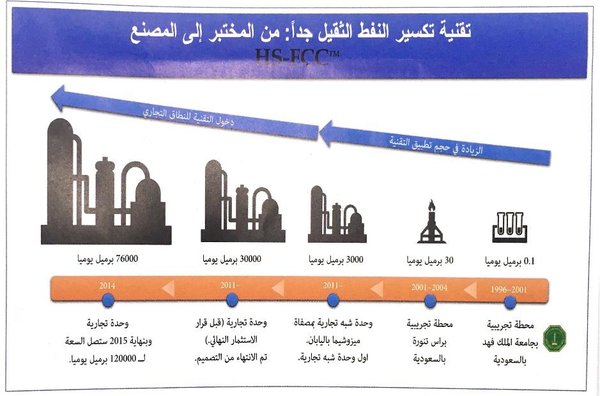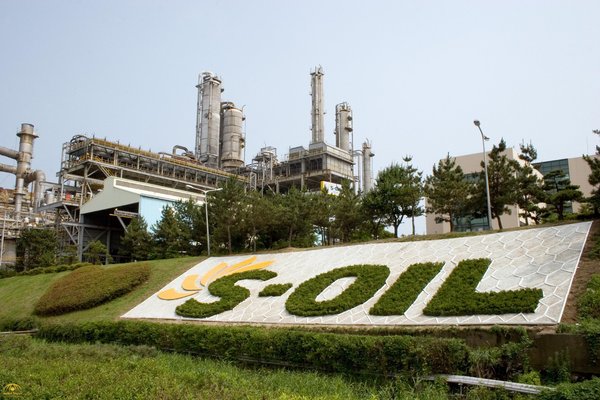The Expansion of "S-Oil" Refinery in South Korea Reflects KFUPM Success in Commercializing Patents
June 27, 2019 | Research
The expansion of “S-Oil” refinery in South Korea, launched by South Korean President Moon Jae-in and His Royal Highness Mohammed bin Salman bin Abdulaziz Al Saud, Crown Prince, Deputy Prime Minister and Minister of Defense, on Wednesday (June 26, 2019) relies on several technologies. It includes an innovative technology high-severity fluid catalytic cracking (HS-FCC) developed at KFUPM and the licensing of its patent to the Korean company.
The new technology for cracking and producing heavy oil has been licensed to be the first Saudi technology to penetrate international markets, beyond the stages of registration as a patent. Then, commercial licensing and modeling on an industrial level to be used in the construction of a large refinery.
KFUPM carried out a scientific research, got a patent, and had developed the technology for over 20 years. The beginning was in the University’s laboratories where the researchers designed a laboratory model of the refinery that did not exceed 0.1 barrels per day. Then, an experimental model was built outside the University and its production reached 30 barrels per day. To transfer the technology to more advanced stages, KFUPM established an alliance with Saudi Aramco and the Japanese company Nippon.

This coalition resulted in the construction of a model that reached 3000 barrels per day, and the technology was licensed to Axens as a new ally. Axens designed an innovative treatment process; the technical production amounted to 30,000 barrels. Then, the technology was sold to the Korean company S-Oil, which created a huge laboratory based on this technology with a production that reached 76,000 barrels per day, down to 120 barrels per day at the end of 2015.
It is worth noting that there is a traditional treatment method for heavy oil, but very heavy oil is difficult to be cracked by conventional methods. Therefore, KFUPM invented a creative mechanical treatment method that has contributed to increasing the effectiveness of traditional methods and enabled refining heaviest oil varieties and making use of varieties of oil that have not been utilized previously. This opened a new market for the technology, and Axens implemented the design because of its long experience in designing refineries.

KFUPM Rector, Dr. Sahel N. Abduljauwad stated that, having Dhahran Techno Valley, the number and sizes of the research & development centers in it, the establishment of College of Petroleum Engineering & Geosciences, in addition to the number of patents published by KFUPM, and the completion of the innovative system, KFUPM aims at becoming a global capital of research and development of oil and gas by 2020.
KFUPM put significant efforts to attract partners to invest in and deliver this technology to the global markets. As a result, the technique was developed by global alliances exceeding $250 million of investments over a period 20 years. Licensing of this technology in 2015 is considered the first success story of a Saudi University in delivering technologies produced through basic research into global markets. Since then, many patents of the University's inventions have been marketed in several fields.

This technology is one of many technologies that have been developed and licensed to transform it into a commercial product. This reflects the University's keenness and vision to contribute in supporting the national economy through the development of modern technologies, the commercialization of patents, the effective contribution to achieving the Saudi Vision 2030 and the development of the knowledge economy, which is currently one of the most important sources of income.
Dr. Abduljauwad stated that KFUPM vision and future objectives focus on commercializing the technology and innovation to its maximum limits so that the University's inventions and innovations contribute significantly to the national economy and diversify its resources. This will make the University an effective contribution to achieving the goals of the Saudi Vision 2030, to be in the top lists in commercializing technology field, turning it into economic products, attracting investments for technology development and developing the technological entrepreneurship environment.



